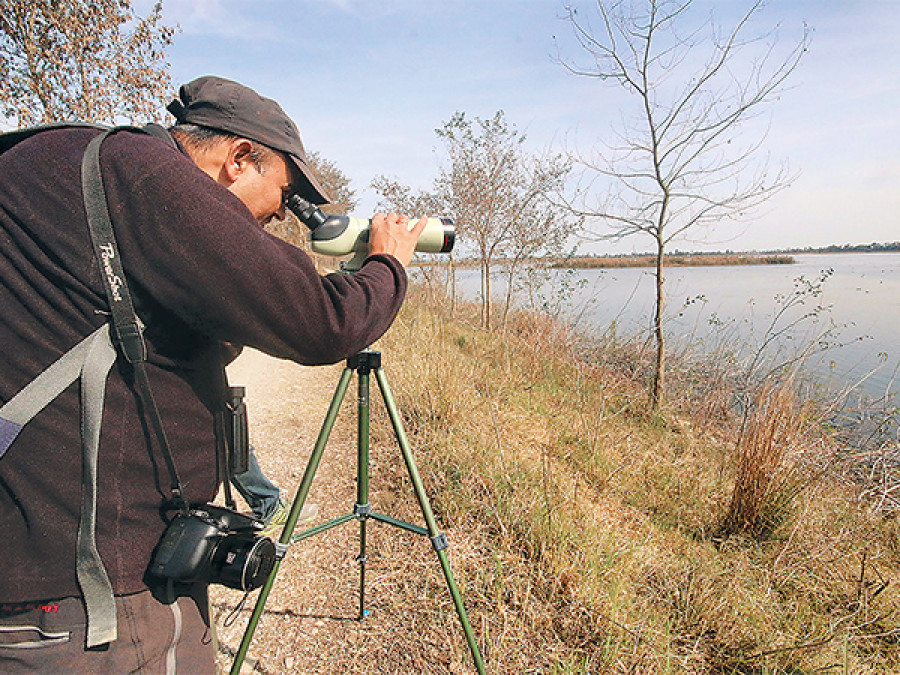National
Jagdishpur Lake sees rise in number of water birds
The number of water birds in Jagdishpur lake in Kapilvastu has witnessed a steady rise in the last four years.
Manoj Poudel
While 17,025 water birds have been counted in Jagdishpur lake this year, the figure stood at 14,298 last year. The survey was conducted by Himalayan Nature with assistance from Wetland International, a global non-profit organisation that works to sustain and restore wetlands and their resources for people and biodiversity.
According to experts, the primary reason behind the increase in the number of water birds in the lake was food or nutrient abundance in the lake.
Bird watchers have counted thousands of birds belonging to four species in Jagdishpur lake this year. The highest being Northern Pintail, which numbered 5,280, followed by Common Coot at 4,300. Likewise, 3,000 Lesser Whistling duck were counted this year, including 1,905 Common Teal, 686 Red-Crested Pochard, 218 Farraginous Pochard, 265 Common Pochard, and 222 Tufted duck. Similarly, two Asian Openbill and two Sarus Crane, listed as endangered or threatened bird species worldwide, have also been spotted in the lake.
A team of trained bird watchers had counted the birds using a tripod mounted telescope. The bird count that started from south-eastern corner of the lake had concluded after reaching the south-western corner. During the survey, more than 14 species of Northern Fishtail had been found, suggesting that the lake was deep, according to Himalayan Nature.
Meanwhile, ornithologist Dr Hem Sagar Baral said that the lake continues to provide a suitable habitat for birds suffering from lack of habitat and food.
“As one can relish the sight of more than 40-50 types of birds in just one or two hours, the lake
carries all the potential of becoming a major tourist attraction,” Baral said, adding that the concerned authorities should work towards promoting the lake to make it one.
The lake is spread over an area of 157 hectares located in Niglihawa-1 and 4 and situated 11 km east from
district headquarters Taulihawa. As Nepal’s biggest man-made lake, Jagdishpur lake has made its way into the list of ‘Wetlands of International Importance’ after being listed under international wetland areas in August, 2003.




 14.12°C Kathmandu
14.12°C Kathmandu















